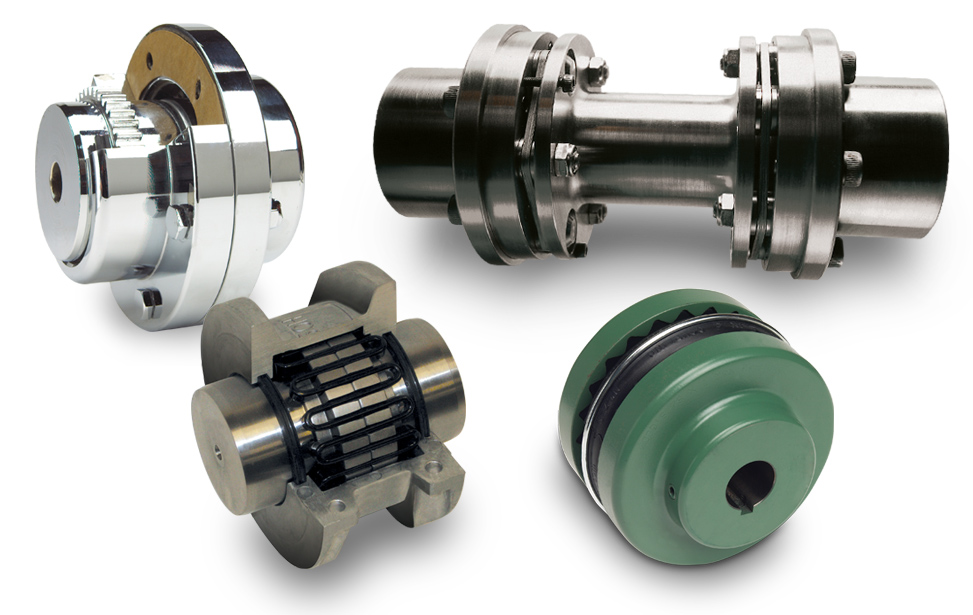
When you have to choose the best coupling for the work, it will not be an easy job. It means you must ask the right questions before having a particular style. Many choices and more than one coupling style are needed for the given application. These are the expert tips that you can use to find flange adaptors that make it looks so easy.
Avoid using coupling based on price or habit.
The engineers have a habit of choosing a coupling type that will depend on the selected type for a project. But not all the couplings are equal. There is a specific familiarity that can mismatch the equipment with coupling capabilities.
Know the best way to mount it
The process where it needs to be mounted on the shaft will depend on whether it will be a success or failure. But regardless, it is suitable for the job. Keyways, traditional keys, and taper bushing will work well in unidirectional applications. It will have a lesser shock or reversing loads. Keyless locking devices like to use a mounting method. It is for reversing loads and shock applications because it is backlash-free.
Observe the right terminology
It will be obvious what units to use, but the rating can confuse you with the coupling’s torque. When you get the wrong spec, it will cause you to miss the right coupling choice by more than an order of magnitude. There will be an area of confusion that includes the use of keyways. It is the keyway couplings that are high torque, not high precision.

Watch for any under or overeating.
The underrated couplings are used with a torque rating. It can break or damage the coupling and can compromise the transmission. It needs to use a torque rating higher than helpful and is bulky and stiff. The higher the torque rating, the larger and less flexible it will be.
The correct installation cannot be overdone.
Choosing the suitable coupling for an application can be complicated. The ideal approach to it is you need to be careful thinking about the design criteria. It will include shaft misalignment, rpm, inertia, torque, and shaft mounting. A coupling that knows all the problems will do and use the correct application.
Think about the sizing methods and shaft assemblies
It will be tempting to match the coupling torque ratings to the RMS torque data given by the software. But it will not work for torque spikes due to reflected load inertia. It will address the problem as they have formulas on which they can depend. It can account for the available inertia and cycle data. The methods will ensure it will have the best torque rating for the application.
Avoid any coupling pitfalls.
A coupling must match its intended purpose and application for all mechanical devices. It will include different performance factors. But the design engineer has to look further into the criteria and address the problem. These are the maintenance, speed of replacement, and application environment. It looks like downtime can degrade many processes.
The usual mistake in design is misleading the degree and type of the system alignment. The proper coupling selection cannot do it without having the proper understanding. You must know any misalignment that is being addressed by the system.





